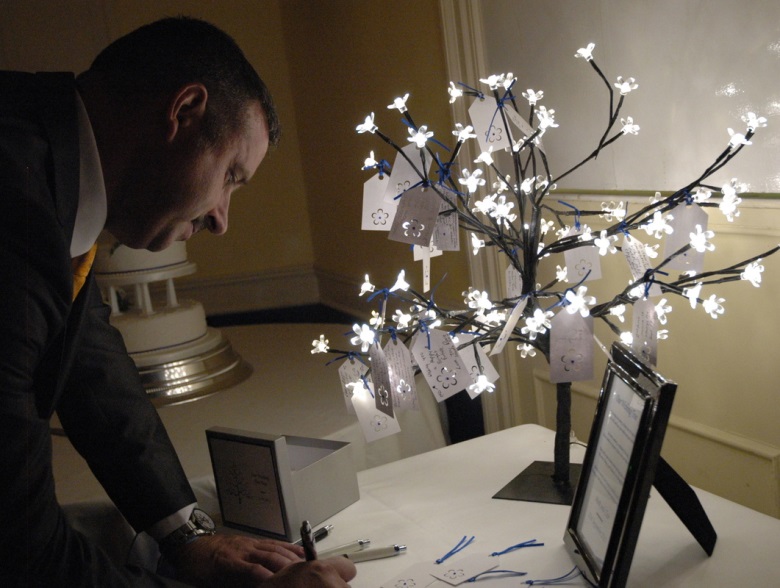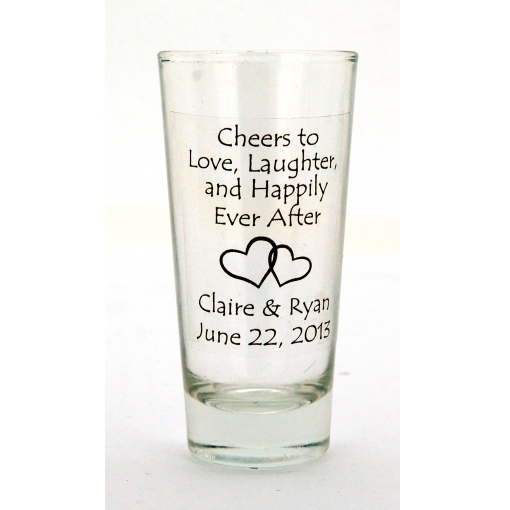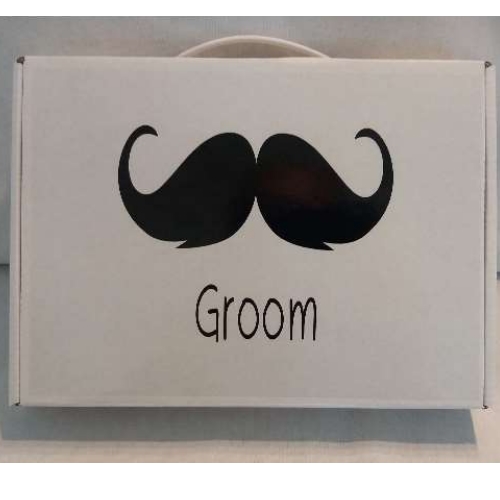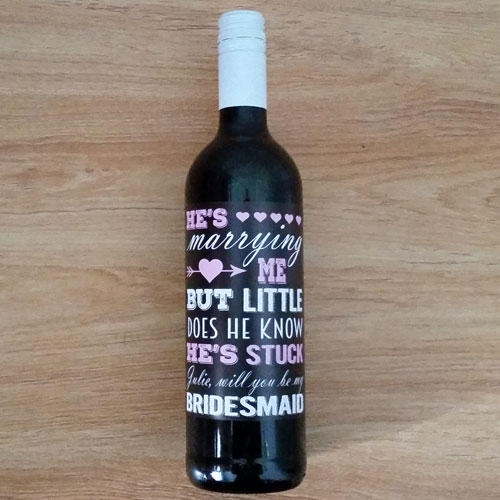Dutch Wedding Traditions
South Africa’s history has strong connections to the Dutch, since they formed a significant civilisation in the land when it was first ‘discovered’. Modern cultures and language groups are descendents of the first settlers from Holland (the Afrikaans language and culture being one of the most obvious examples). Therefore, it is to be expected that some South African brides and grooms will want to incorporate the Dutch traditions into their wedding.
Pre-Wedding
Traditionally, parents in Northern Holland are far more liberal with the dating customs of their children, even allowing the bride and groom to spend nights together. This is motivated by the idea that they should get to know one another completely before launching into such a major decision. The parents in South Holland, on the other hand, are generally more conservative, not encouraging intimacy until marriage.
The traditional wedding shower for modern brides actually originates in the Dutch culture. If the father of the engaged woman did not approve of her choice in future husband, he would not pay a dowry. This meant that she would be heading into a new home and life without financial or physical resources. So, her friends would throw a party for her and give her the gifts she would need for her new role as wife. Because of the many presents she received, this was known as a “shower”.
The day before the wedding ceremony, the families of the bride- and groom-to-be throw a party for the couple. The couple has to sit on thrones as each of their friends and family members come to wish them well.
The groom’s father will present the bride with a chatelaine, which is a chain or rope that has useful implements tied to it. These include a pair of scissors, a pincushion, a mirror, and so on, and are intended to help her to run her new household. The groom-to-be will hand his future wife a personal testimony of his love that he has written himself.
Wedding
The bridesmaids are responsible for welcoming the guests to the wedding ceremony and for seating these ones.
Brides usually wear a traditional white gown. Veils, gloves and even fans are not uncommon elements of the bridal attire. The groom’s suit is often one that has been passed down from his father or grandfather. His pipe, which is also an heirloom, is decorated by the bridesmaids with ribbons and flowers. As the couple enters the ceremony venue, they walk on an aisle of flowers or petals, thrown there by their bridesmaids prior to the occasion.
The ceremony was usually a public affair, but this has changed somewhat over time. It includes the singing of Psalms, and the traditional marriage vows and oath. Then, money is collected and given to the poor. This is a fabulous idea if you are willing to relinquish your wedding gifts and simply ask that guests contribute to a charity of your choice instead.
Post-Wedding
Once the couple has officially been married, they will go to the reception venue (traditionally the bride’s house) for an opulent banquet. Heavy foods are served, ensuring that guests are well satisfied. Sweetmeats are common as is a spicy red wine.
The bridesmaids traditionally painted the couple’s new home green. After the reception, the couple will return to their shared abode and will plant Lilies-of-the-Valley around the house in symbolism of "the return of happiness". Every time these bloom, the couple can renew their unique love for one another.
The Wish Tree
Instead of a guest book, many Dutch couples opt for a wish tree. This is a real tree or an arrangement of twigs that is situated next to the couple’s table at the reception. Each guest receives a paper leaf with a length of ribbon. They then write their personal messages and wishes onto the leaf and tie it to the tree. Couples can keep these wishes as reminders of the love and support of their friends and family.
Photo Credit: www.balloonyourroom.co.uk





